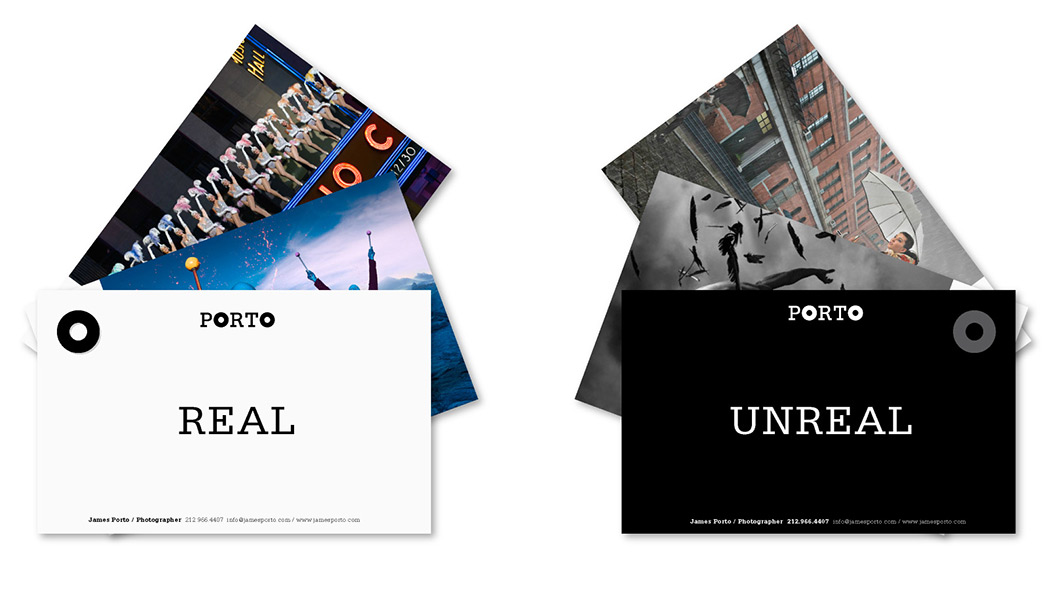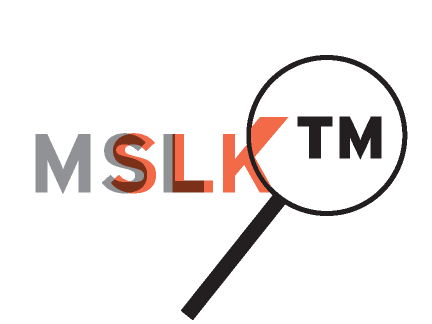
Clarifying Trademarks
As designers we should to be aware of trademarks and the rules to follow surrounding them. However, I bet if you asked 100 designers what they knew about trademarks and copyrights they would be hard pressed to tell you anything about them including the fundamental differences between the two.
Recently MSLK has been working with the intellectual property law firm of Tannenbaum Helpern Syracuse & Hirschtritt LLP in order to sharpen our business acumen over this subject and others. As the world get smaller and the competition gets tougher in every market, we feel it is important that our clients consider the types of protections they might want to have in place in order to maintain their unique brand positioning/personality.
Our partner at Tannenbaum Helpern Syracuse & Hirschtritt LLP, Andrew Berger, was kind enough to share with me this paper his colleague Donald Prutzman recently penned on “Trademark Basics.” Although it was actually written for a presentation to lawyers, I found it to be a very easy read with lots of helpful information relevant to any business owner, director of marketing, or designer.
Overall the intention of a trademark is to indicate to consumers the origin of the goods or services. A trademark serves to protect consumers who recognize a brand name, word, phrase, slogan, logo, design, sound, color, smell, overall trade dress and/or packaging and believe in turn that that the goods or service comes from a source they know and trust. This same protection works in reverse as well preventing competitors from luring customers to their product using your brand’s likeness.
Donald’s outline which you can read here, covers among other things:
- What is a trademark
- How are trademarks protected
- Assessing the strength/uniqueness of what you are trying to protect
- How to register a trademark
- What are infringements on a trademark. (an important consideration for designers creating new art in today’s saturated markets)
- How dilution and conterfeiters hurt your trademark
- How to write a cease and desist letter
- How to license a trademark for use
Donald then ends with some pretty interesting information on trademarks and the internet age. He expands upon “bad faith” domain registering, where companies looking to make a buck, buy URL names in hopes of selling it to you for a profit. If you hold a trademark and someone has purchased a URL with your trademark name or phrasing, Donald lists several steps you should take. It seems that unless that person is actually using the URL for a purpose other than to sell it for a profit, the law may be on your side.
Another interesting subject covered here is the use of trademark data in meta tags and other SEO keywords. I’m sure you have experienced Googling “Nike” only to discover shoe sites offering you alternatives such as Adidas or New Balance products. Currently the law concerning this is unsettled. The Federal Appeals Court for New York, Connecticut and Vermont does not feel that the use of trademarks in meta data is infringement calling this unseen data “analogous to an individual’s private thoughts,” but Federal courts in the rest of the country are far more likely to consider this illegal infringement. I can imagine that this issue will be a hot topic in months/years to come and will likely be settled by the US Supreme Court at some point. Donald references a court case where the sale of the plaintiff’s trademarked phrasing was sold to a competitor for pay-per-click advertising. Now THAT seems suspect to me.


